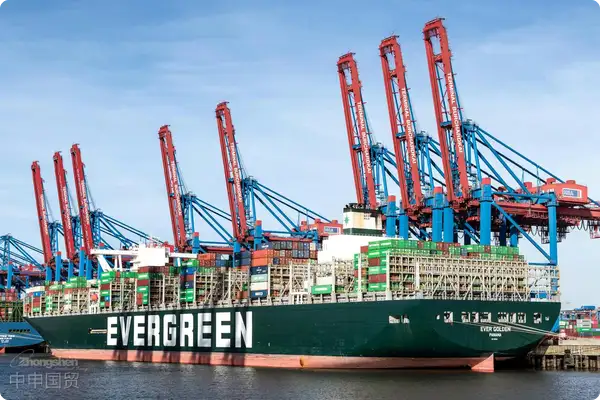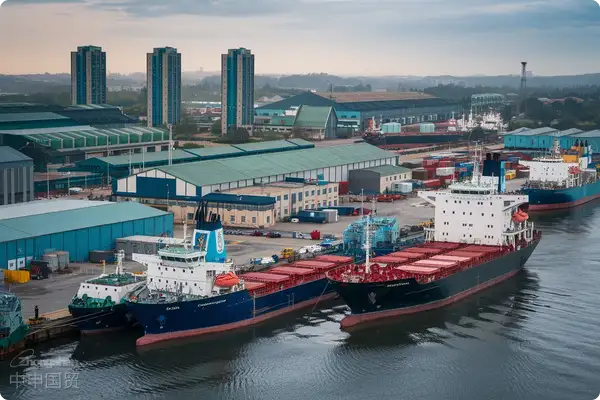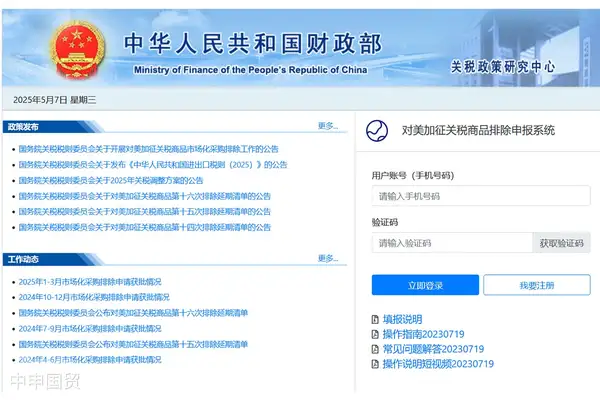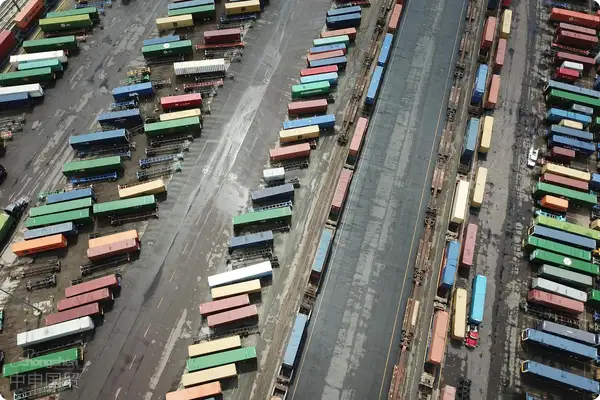- Shanghai Zhongshen International Trade Co., Ltd. - Two decades of trade agency expertise.
- Service Hotline: 139 1787 2118
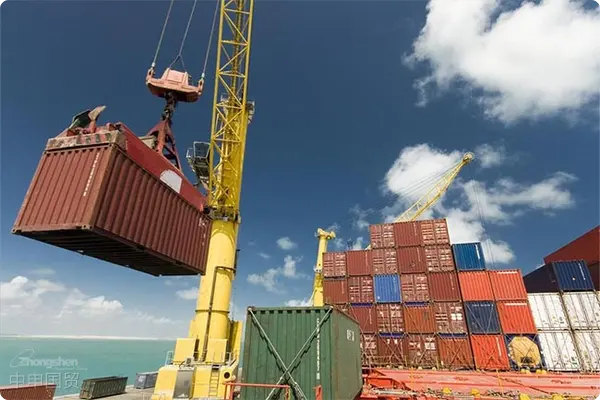
Industry Trends and Challenges in Import Post-Processing Equipment
Global Environmental Protection in 2025equipment. For example, Indonesia has the SNI certification, Thailand has the TISI certification, and the Philippines has the BPS certification. It is necessary to confirm in advance the equipment voltage (such as 380V/50Hz in Thailand), the compatibility of the CE certification, and the proof of environmentally friendly materials.The market is projected to exceed $48 billion, with China accounting for 34% as the primary importing country. However, recent additions of 12 chemical substances to EU REACH regulations and new energy efficiency standards for industrial filtration equipment by the US EPA have increased customs documentation complexity by 40% compared to 2020.
Essential Core Competencies of High-Quality Agency Companies
- Qualification certification system
- Customs AEO Advanced Certification qualification
- Specialized equipment import licenses (such as pressure vessel TSG certification)
- Specialized filing for environmental equipment imports
- Technical document processing capability
- EU CE certification document conversion
- Compliance review with US ASME standards
- Multilingual technical parameter translation certification
Comparative analysis of key service processes
A case study of German centrifuge imports demonstrates that professional agencies can reduce port detention time from the standard 15 days to 6 days:
- Standard process: HS classification deviation → Additional bond payment → Secondary declaration → Equipment detention
- Optimize the process: Pre-classification service → Compliance pre-review → Electronic guarantee → Fast customs clearance
Key Regulatory Changes to Address in 2025
Customs Announcement No. 83 requires import post-processing equipment to provide full lifecycle traceability documents, including:
- Material composition declaration for main components
- Original energy consumption test data (ISO 50001 standard)
- Equipment disposal plan
Practical Risk Prevention Case Studies
A case involving a Japanese subsidiary importing coating equipment in China, where the agency company's negligence in VOCs emission filing resulted in:
- 27-day equipment detention at port
- Additional storage fees of 86,000 CNY
- Project delay compensation of 320,000 CNY
7-Dimension Evaluation Model for Service Providers
- Industry case database scale (recommended >200 similar cases)
- Professional qualification composition of customs team (percentage with mechanical/chemical engineering backgrounds)
- Emergency response time (recommended <2 hours for written feedback)
- Port cooperation network coverage (100% required for major ports)
Common Cooperation Pitfalls Warning
- Overlooking hidden clauses in agency contracts
- Late declaration fee sharing ratio
- Technical dispute resolution mechanism
- Excessive pursuit of low-cost services
- A real case where a company saved 3% on agency fees but paid 14% more in tariffs
Related Recommendations
? 2025. All Rights Reserved. Shanghai ICP No. 2023007705-2  PSB Record: Shanghai No.31011502009912
PSB Record: Shanghai No.31011502009912
